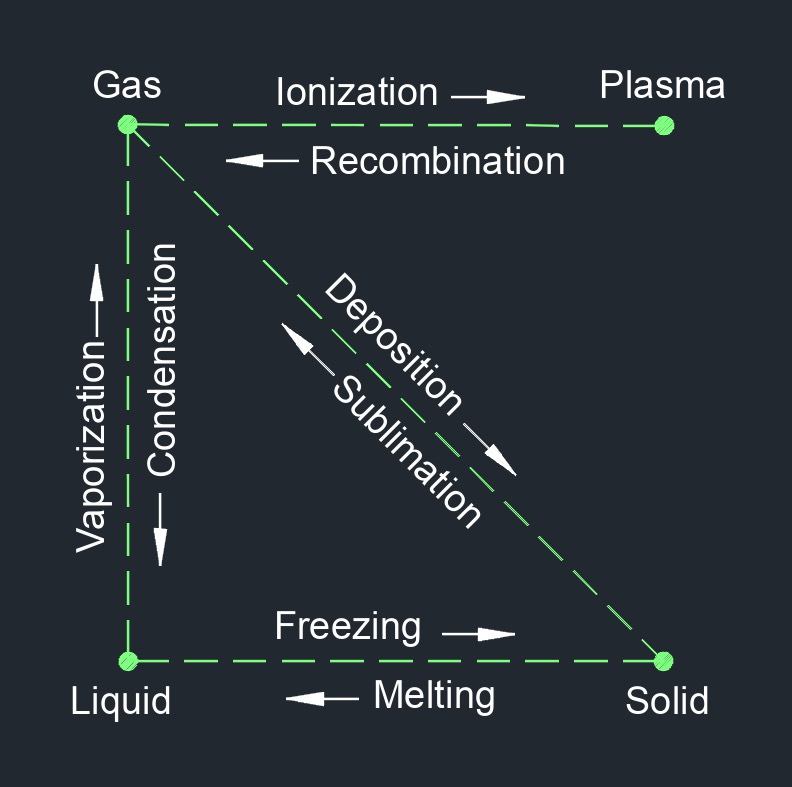Wet Steam
 Wet steam, no standard abbreviation, also called unsaturated steam or supersaturated steam, is steam that contains a significant amount of water droplets or moisture in addition to the water vapor. It is a term used to describe steam that is not completely dry and is partially saturated with water. When water is heated and undergoes a phase change to steam, it can initially form wet steam, where some water droplets are present within the vapor phase.
Wet steam, no standard abbreviation, also called unsaturated steam or supersaturated steam, is steam that contains a significant amount of water droplets or moisture in addition to the water vapor. It is a term used to describe steam that is not completely dry and is partially saturated with water. When water is heated and undergoes a phase change to steam, it can initially form wet steam, where some water droplets are present within the vapor phase.
This can occur when the heating process is not sufficient to evaporate all the water or when there is rapid condensation of steam due to cooling or pressure changes. The presence of water droplets in wet steam can have implications for various applications. In some cases, wet steam may be desirable, such as in humidification or certain cleaning processes where the moisture content is necessary. However, in many industrial and energy systems, dry steam is preferred over wet steam due to its higher heat content and better heat transfer characteristics.
The quality of steam, including its dryness or wetness, is typically measured using the steam dryness fraction or steam quality. The dryness fraction is the ratio of the mass of dry steam to the total mass of steam (dry steam + water droplets). Wet steam will have a lower dryness fraction, indicating a higher proportion of water compared to dry steam.
Efforts are made to remove or reduce the water droplets in wet steam to achieve dry steam, which often involves further heating or passing the steam through separation devices like steam separators or steam dryers. These devices help separate the water droplets from the steam, resulting in drier steam with improved performance and efficiency in many applications. It is important to note that the transition from wet steam to dry steam depends on factors such as temperature, pressure, and the design and operation of the steam generation system. Proper control and monitoring of steam quality are essential to ensure optimal performance and prevent potential issues like reduced heat transfer, erosion, or damage to equipment.

